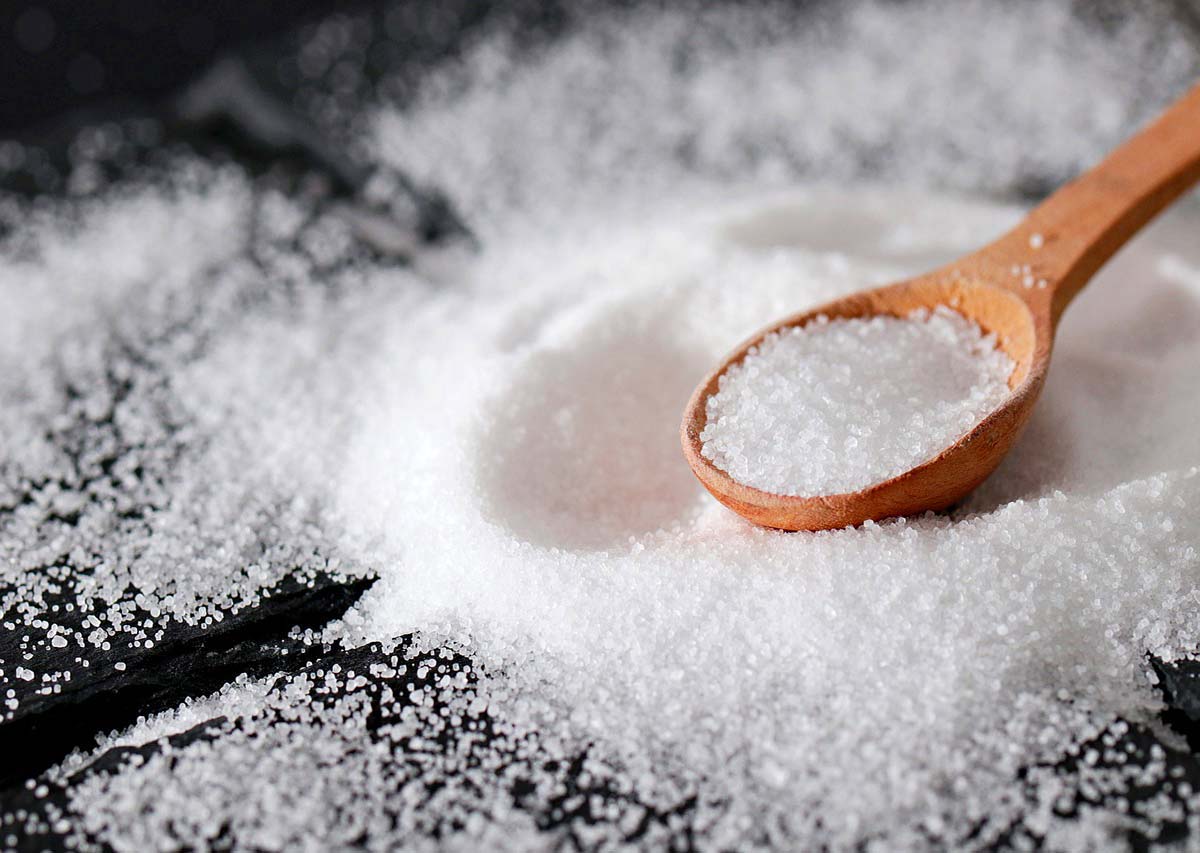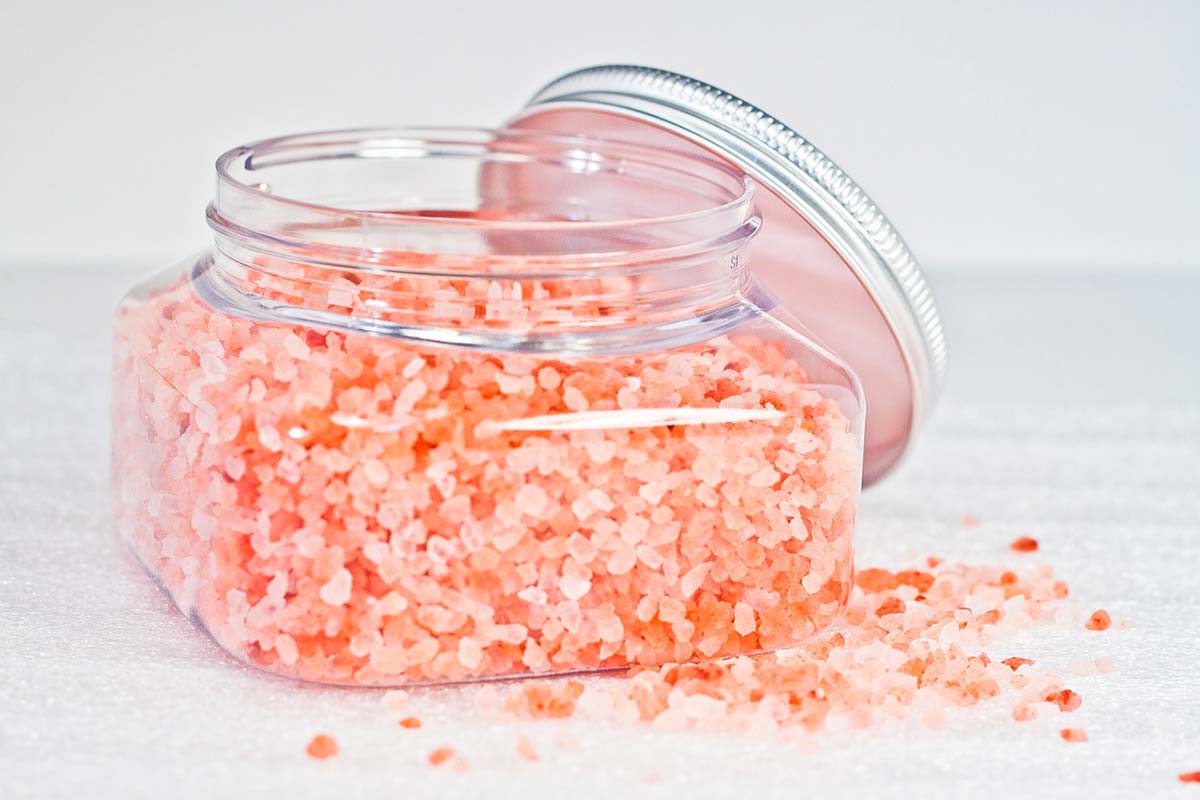Calcium fluoride, also known as fluorite or fluorspar, is a mineral compound composed of calcium and fluorine. It occurs naturally in various colors, including colorless, green, blue, purple, and yellow, depending on impurities present in its structure. This mineral is often found in hydrothermal veins, sedimentary rocks, and as a component in certain mineral deposits.
Some key points about calcium fluoride:
- Physical Properties: Calcium fluoride has a cubic crystal structure and is relatively hard (with a Mohs hardness of 4), though it can still be scratched by common materials like a knife or other harder minerals. It has a glassy luster and is transparent to translucent.
- Occurrence: Fluorite is found in many parts of the world, including China, Mexico, the United States, South Africa, and various European countries. It’s mined for industrial purposes and is also collected by mineral enthusiasts due to its vibrant colors and crystal formations.
- Industrial Uses: Calcium fluoride has several industrial applications. One of its most significant uses is in the production of hydrofluoric acid, which is used in various industries, including the production of fluorocarbons, in the manufacture of aluminum, and in the chemical industry. Fluorite is also used as a flux in metallurgy to lower the melting point of raw materials during smelting processes.
- Optical Purposes: Due to its transparency and low refractive index, fluorite has been used in certain lenses and optical systems, particularly in the past. Some lenses, especially in older telescopes and cameras, utilized fluorite crystals for their optical properties.
- Health Concerns: Fluoride, when naturally occurring in drinking water in excessive amounts, can potentially lead to dental or skeletal fluorosis. However, calcium fluoride, when found naturally in water or minerals like fluorite, tends to be less soluble than other forms of fluoride, reducing its bioavailability and potential health risks.
Calcium fluoride has various industrial uses and is an interesting mineral due to its distinct crystal structures and colorful varieties. However, its health implications, particularly in the context of excessive fluoride consumption, remain a subject of study and concern in some regions.
Calcium fluoride is also found in Pakistan
Calcium fluoride is also found in Pakistan among various mineral deposits. The country has significant mineral resources, and fluorite is one of the minerals that can be found in certain regions.
In Pakistan, fluorite deposits are notably present in areas such as the Balochistan province, particularly in the Lasbela district. The region is known for its rich mineral reserves, including fluorite, which is mined for both domestic use and export purposes.
Fluorite mining in Pakistan involves extraction from mines and quarries where the mineral is found in veins or associated with other rocks. The extracted fluorite undergoes processing to obtain usable forms, which can be further refined or sold in raw or processed states.
The mineral industry in Pakistan, including fluorite mining, contributes to the country’s economy, providing employment opportunities and playing a role in the export of minerals to various international markets.
However, it’s important to note that specific details regarding the quantity, quality, and exact locations of fluorite deposits in Pakistan may vary, and further information can be obtained from geological surveys or local mining authorities for more precise and up-to-date details regarding calcium fluoride deposits in the country.
Calcium fluoride is also commonly known by other names, including:
- Fluorite: This is the most widely recognized name for calcium fluoride. Fluorite is used in both mineralogy and industry.
- Fluorspar: Another common name for calcium fluoride, particularly in the context of its industrial applications. Fluorspar is used in metallurgy and chemical industries.
- CaF2: Chemical formula notation, indicating the composition of calcium fluoride—Ca for calcium and F2 for two fluorine atoms.
- Fluorospar: Another variation of the name “fluorspar,” used interchangeably with fluorite in some contexts.
These names are used interchangeably to refer to the mineral compound composed of calcium and fluorine, whether in its natural mineral form or in industrial applications.
The purity of calcium fluoride (CaF2), commonly known as fluorite or fluorspar, can vary widely depending on its intended use, the extraction source, and the processing methods. Generally, the purity of calcium fluoride ranges between 60% and 99% or even higher in some cases. The purity levels affect the mineral’s suitability for different industrial applications.
Here are some common purity ranges of calcium fluoride:
- Metallurgical Grade: This type of calcium fluoride typically ranges between 60% to 85% purity. It is often used as a flux in metallurgical processes to lower the melting point of materials during smelting.
- Ceramic Grade: Calcium fluoride with purities ranging from 85% to 96% is used in ceramic applications. Its high melting point and stability make it suitable for ceramic manufacturing.
- Acid Grade: This is a higher purity calcium fluoride, usually above 97% purity, and is used in the production of hydrofluoric acid and other chemical applications.
- Optical Grade: Calcium fluoride of exceptionally high purity, often exceeding 99% purity, is used in optics and lens manufacturing due to its excellent optical properties, such as low dispersion and high transmittance in ultraviolet and infrared spectra.
The purification processes involve various methods such as flotation, gravitational separation, and sometimes chemical treatments to attain desired purity levels based on the intended industrial or commercial applications. These processes remove impurities and enhance the calcium fluoride’s quality for specific uses.
It’s important to note that the purity standards may vary by industry and region, and specific requirements for calcium fluoride purity are determined by the particular application or manufacturing process in which it will be used.
Calcium fluoride (CaF2), also known as fluorite or fluorspar, has several uses across various industries due to its unique properties. Some of the significant uses of calcium fluoride include:
- Metallurgy: Fluorspar is used as a flux in metallurgical processes to lower the melting point of raw materials during metal smelting, aiding in the removal of impurities from metal ores. It helps improve the efficiency of the extraction of metals like aluminum, copper, steel, and others from their ores.
- Ceramics and Glass Manufacturing: In the ceramics and glass industries, calcium fluoride is used as a flux to lower the melting point of materials, reduce energy consumption during firing, and improve the transparency and stability of glass and ceramic products.
- Chemical Industry: Fluorspar is a key raw material in the production of hydrofluoric acid (HF) and various fluorine compounds used in the chemical industry. Hydrofluoric acid is used in the manufacturing of refrigerants, herbicides, pharmaceuticals, fluoropolymers, and other chemicals.
- Optical Applications: Calcium fluoride is known for its optical properties, such as low dispersion and high transmittance in ultraviolet and infrared spectra. It has been used historically in optical systems, lenses, and windows in certain applications where these properties are advantageous.
- Aluminum Production: In the aluminum industry, fluorspar is used as a flux in the electrolytic reduction of aluminum to improve the efficiency of the process and facilitate the removal of impurities.
- Health and Dental Applications: Fluoride, a derivative of calcium fluoride, is added to dental products like toothpaste and water fluoridation systems to help prevent tooth decay and strengthen tooth enamel. However, it’s important to note that the form of fluoride used in oral health is often not directly sourced from calcium fluoride.
The uses of calcium fluoride vary based on its purity, with different industries and applications requiring specific grades of fluorspar to meet their requirements. The mineral’s unique properties make it valuable in several industrial processes and applications, from metallurgy to optical systems and chemical production.
Calcium fluoride (CaF2) itself is not commonly used directly in health or dental applications. However, fluoride, a derivative of calcium fluoride, is used in various health and dental applications due to its beneficial effects on dental health.
Fluoride, often derived from sources such as sodium fluoride, stannous fluoride, or sodium monofluorophosphate, is added to oral hygiene products like toothpaste, mouthwash, and professional dental treatments for its role in preventing tooth decay and promoting dental health. Some common uses of fluoride in dental health include:
- Toothpaste: Fluoride is added to most toothpaste formulations as sodium fluoride or other fluoride compounds. Fluoride helps to strengthen tooth enamel and prevent tooth decay by remineralizing the enamel and making it more resistant to acid attacks from bacteria.
- Mouthwash: Certain mouthwash products contain fluoride to provide additional protection against cavities and to strengthen teeth. Fluoride mouth rinses can be prescribed by dentists for individuals with a higher risk of tooth decay.
- Water Fluoridation: Fluoride is sometimes added to public water supplies in a process called water fluoridation. This is a public health measure aimed at reducing tooth decay in communities by adjusting the natural fluoride levels in drinking water to an optimal level for dental health.
- Professional Treatments: Dentists may provide fluoride treatments in the form of gels, foams, or varnishes for individuals at high risk of dental caries or for those who require additional protection for their teeth.
The addition of fluoride in these oral health products and treatments helps to strengthen tooth enamel, remineralize early-stage cavities, and inhibit the growth of bacteria that cause tooth decay. It’s important to use fluoride-containing products as directed and in appropriate amounts, as excessive fluoride intake can lead to dental fluorosis or other health concerns.
While calcium fluoride is a source of fluoride in nature, the fluoride used in oral health products is typically derived from synthetic fluoride compounds and not directly obtained from calcium fluoride minerals.
Looking for calcium fluoride: Click here





